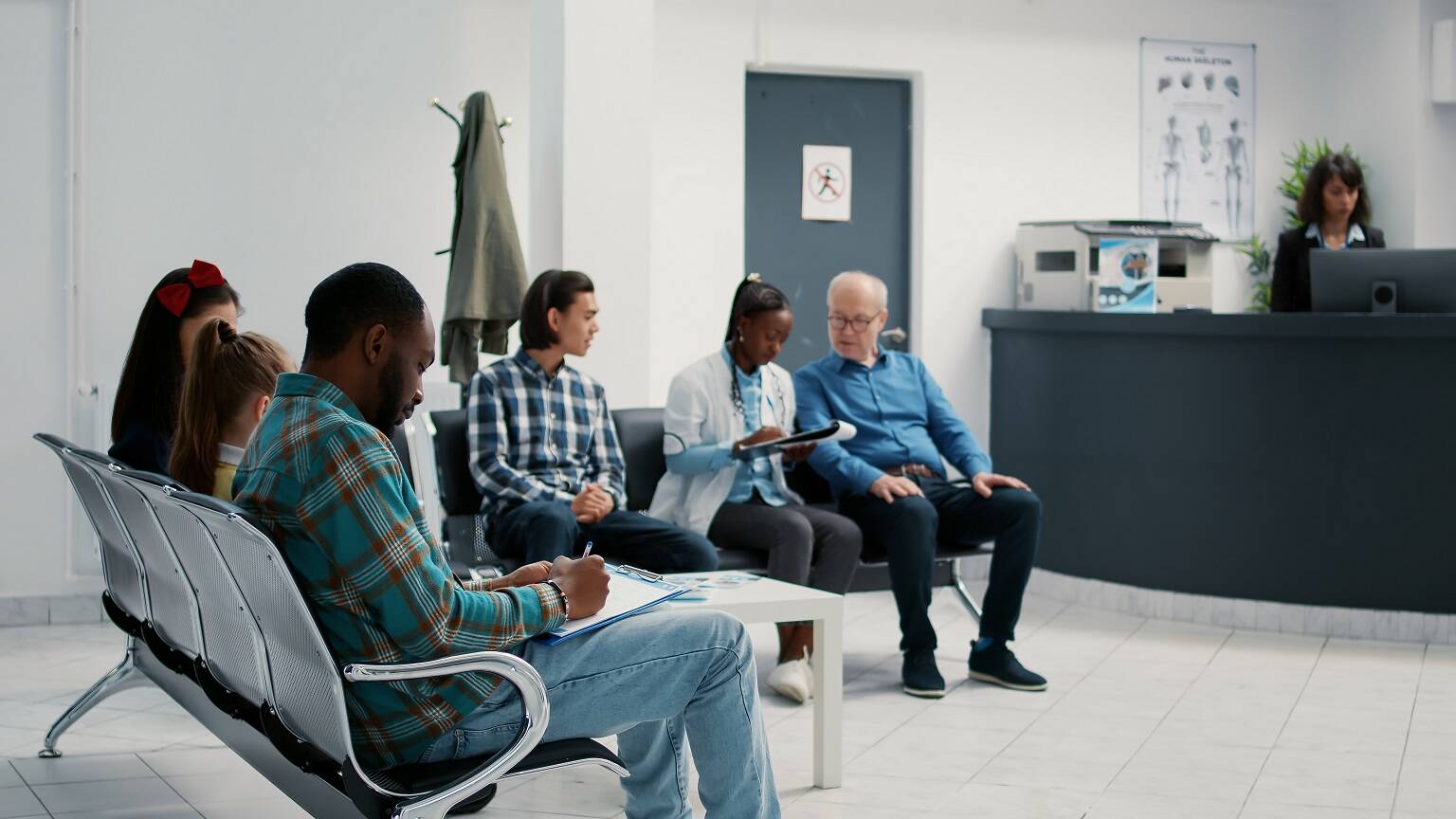

Your patients spend most of their time in your clinic in two areas: the appointment room and the waiting room. Thus, even though receiving healthcare services is the primary reason for visiting your clinic, the waiting room is also a major contributing factor to the patient experience. How you accommodate your patients outside the appointment room also reflects the brand image of your clinic. Thus, it may be high time to consider some waiting room ideas to improve the wait time experience of your patients.
According to a 2019 report by Qualtrics on healthcare pain index (PI) in the US, Canada, Europe, and the Asia Pacific, “unpleasant waiting areas” is cited as one of the top reasons why a patient wouldn’t return to a primary care or urgent care facility. In particular, patients are less likely to return to a clinic if the waiting room is dirty, disorganized, or unpleasant.
This is because the waiting room makes up a significant portion of the healthcare experience. Patients expect to be accommodated throughout their entire visit. This includes not only during the appointment but also before it.
Thus, the waiting room must have features that can make the patients feel welcome prior to seeing the provider. Otherwise, your patients will be discouraged from returning to your clinic, regardless of how good your providers are.
There are various ways to spruce up your waiting room for a more pleasant patient experience. Consider trying out one or more of these ideas in your clinic:
Achieving organization and cleanliness in your waiting room involves more than just keeping it dust-free. Design language contributes a lot to a clean and organized waiting room.
For instance, a waiting room with a clean, modern, and coherent design can make your patients feel comfortable and relaxed. On the other hand, a dated room design may feel suffocating and unwelcoming to your patients, even if you keep the area squeaky clean.
Here are some ways to spruce up your waiting room:
Every patient has to undergo the grueling waiting game. Ideally, you would want to decrease the wait time as much as possible to maintain a streamlined patient flow. Sometimes, however, this may not be an option if you’re facing a high volume of patients on a regular basis.
What you can do is provide facilities that help patients kill time. Such facilities can be informative and provide updates like queue or wait times. They may also be entertaining to give patients something enjoyable to pay attention to.
For example:
Most of the time, patients will remain seated while waiting for their turn, which makes seating a vital component of the waiting room experience. Ideally, the seating arrangement of your waiting room should be intuitive, comfortable, and accommodating to as many patients as possible.
This involves more than just placing as many seats as possible. The seating arrangement should be well planned out to provide a consistently comfortable experience every time for your patients.
Here are some guidelines for providing a comfortable waiting experience for your patients:
You can furnish your waiting room however you want, but the constant factor that gives it life is your front desk staff. Their role in facilitating the check-in process, as well as performing administrative tasks, is crucial to your clinic’s operations. Besides that, they’re instrumental in enriching the customer experience by making your patients feel welcomed and accommodated in the clinic.
Some clinics, however, operate without receptionists because of:
Employee retention is a common issue with front desk operations. Most clinics that struggle with the lack of receptionists try to compensate by assigning front desk tasks to their providers. However, this leads to frustration, collection issues, and impaired performance since providers only expect to perform their primary responsibilities in delivering healthcare services to their clients. Overall, this results in a worse patient experience and lower customer retention.
Hence, it’s important that you not only have receptionists behind the counter but also retain them. Here are some effective ways to achieve better employee retention for your front desk:
If balancing front desk employee retention and maintaining the patient experience is a critical priority in your clinic, using a remote front desk solution is one of the best waiting room ideas you can try out.
The concept is basic: enable your receptionists to attend the front desk remotely, whether at home or anywhere. At first, this sounds like it benefits only your receptionists, but it actually brings many advantages to your clinic.
Some key advantages include:
In addition, having a remote front desk is beneficial to your patients by enabling them to be heard. Instead of facing the risk of being unattended due to an empty front desk, patients will always meet a receptionist live-streaming on a kiosk with a single click of a button. Besides being checked in, they can also ask for general help with concerns about the clinic. This ensures that the patient experience constantly runs smoothly without interruption.
The challenge of enabling a remote front desk for your clinic is finding the optimal equipment. WelcomeWare offers an all-in-one software and hardware solution that allows clinics to enable remote reception with their current front desk team. This solution also offers various types of kiosks to fit the current needs and specifications of your waiting room, including freestanding kiosks and desktop kiosks. With WelcomeWare, you can rest assured that your front desk operations will run smoothly.